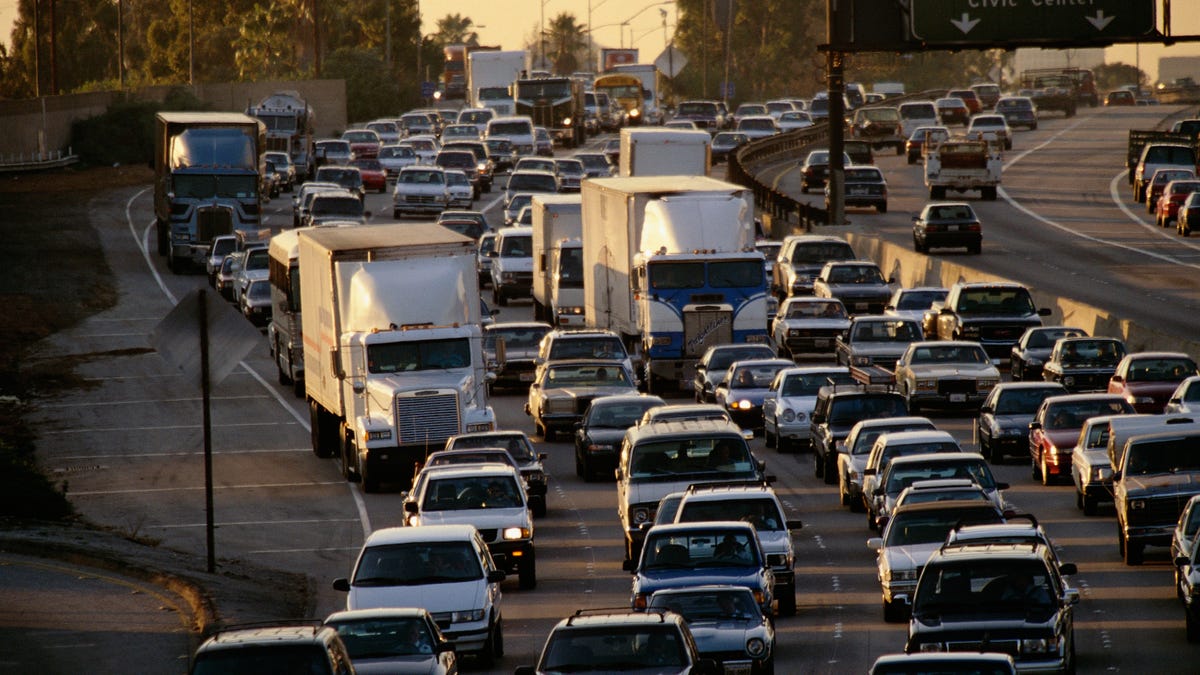California, feds bump heads over CAFE standard changes
Representatives from CARB, EPA, NHTSA and the White House meet to settle on mpg targets.

When it comes to environmental standards, California has always gone its own way. The California Air Resources Board has historically kept automobile manufacturers on their toes when it comes to vehicle emissions, pushing for ever more strict emissions controls and its work has inspired many other states, to adopt its standards.
Until around ten years ago, CARB held the industry to much stricter emissions and standards than the federal government, though the Federal government managed put the rest of the country on the same track as California in 2008. In 2011, the Obama administration, in conjunction with CARB, set an ambitious (and contentious) corporate fuel economy goal of 50 miles per gallon by 2025. For some perspective, the current US average fuel economy is hovering at around just half that number, at 25 mpg.
Sales of large SUVs like this Cadillac Escalade are up because gas is cheap, leading to a drop in CAFE numbers.
Representatives from CARB, the Environmental Protection Agency, the National Highway Traffic Safety Administration and the White House met in December 2017 at the behest of automakers, according to Automotive News, to attempt to reach an agreement in hopes of avoiding a legal battle over mileage requirements. Many manufacturers, naturally, are less than thrilled with the lofty 50-mpg target and believe that it doesn't accurately reflect customer desire at the moment.
When CARB and the Obama administration came up with the 50-mpg target in 2011, plans were made for a review of the goals in 2018 to ensure that they were still feasible. That review was completed the week before Obama left office in 2017 with no changes to the mileage targets. In March 2017, President Trump stated that he might be interested in making changes to the 2021-2025 targets in the interest of protecting the auto industry.
"We've had productive conversations underway with CARB, and I would hope those conversations continue to be productive," William Wehrum, EPA assistant administrator for air and radiation, said in an interview Jan. 5 at EPA headquarters, according to Automotive News. "I think a shared goal is to maintain one national program."
Trump Administration officials have met with representatives from CARB, NHTSA and the EPA.
Based on the wording of the 1963 Clean Air Act, California has the unique ability to set its own stricter emissions standards through the use of a waiver, and because "might makes right" in the world of business, manufacturers have had to listen to the state that is responsible for 12 percent of all new car registrations in the US (according to NADA). Add in the weight of all of the vehicles purchased in Connecticut, Delaware, Maine, Maryland, Massachusetts, New Jersey, New Mexico, New York, Oregon, Pennsylvania, Rhode Island, Vermont and Washington -- all states aligned with California's standards -- and you have a sticky situation if you're an automaker trying to go against the Golden State.
The increase in average fuel economy since the 2011 goals were laid out has been nothing short of incredible, and despite a minor setback this year (the average dropped by 0.2 mpg), pressuring manufacturers to innovate has arguably resulted in some truly amazing efficiency gains for internal combustion engines as well as massive leaps in hybrid and electric vehicle technology.
Correction 3:40 p.m.: An earlier version of this story gave the impression that CARB oversees fuel economy regulations. It only has official jurisdiction over emissions, though it is part of the discussion with the EPA and NHTSA.

